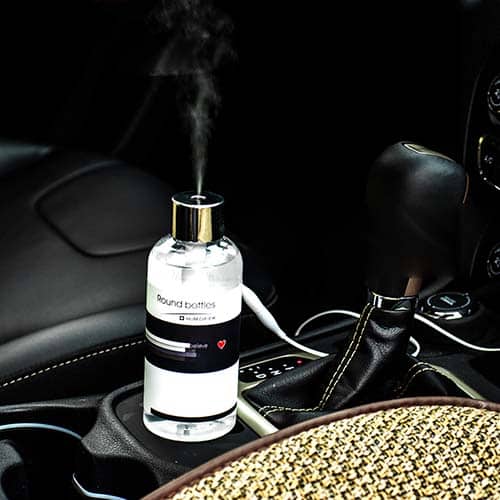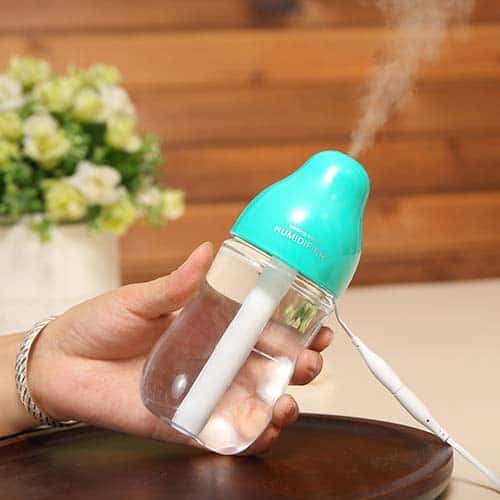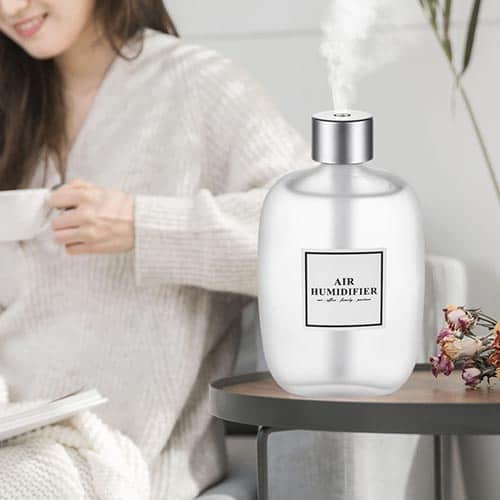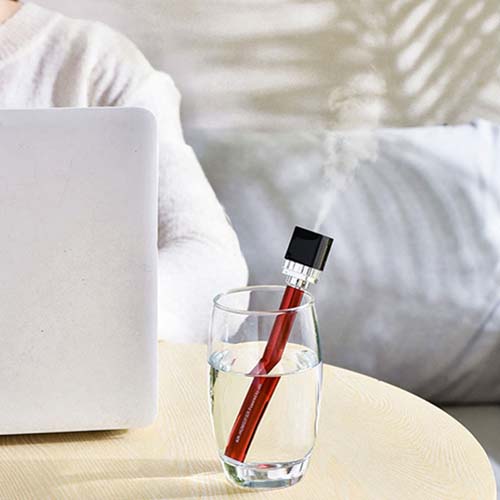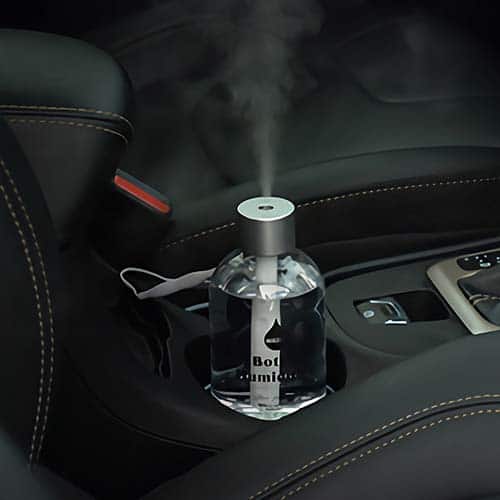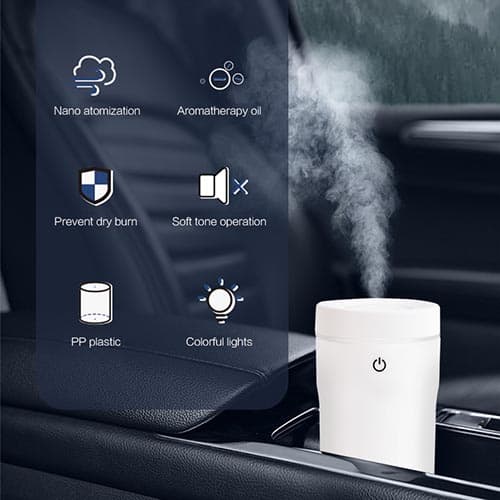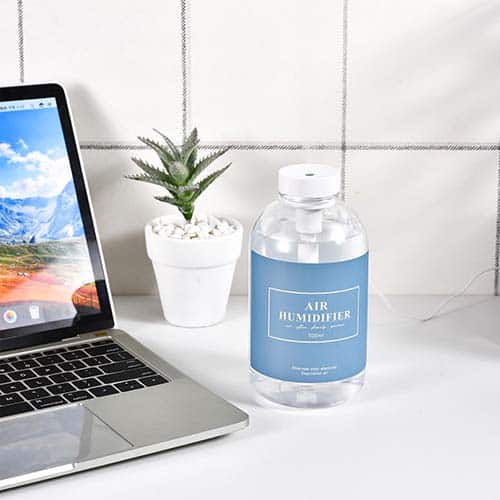Before operating a humidifier in your home or your vehicle, you should be aware of some of the risks and safety precautions of these devices to avoid adverse health reactions.
Manage humidity
Don’t add too much moisture to a room. You don’t want the humidity in a room to be at more than 50 percent. When the humidity exceeds this percentage, bacteria and mold can grow. This can trigger respiratory conditions like allergies and asthma.
Ideally, the humidity of a room should be between 30 and 50 percent. You can purchase a hygrometer to measure the moisture in your home.
Only run your humidifier when you need it, not all of the time, to keep humidity levels down.
Use distilled water
Another health risk when operating a humidifier relates to the particles other than water emitted into the air. Unhealthy mineral particles can be released by a humidifier, particularly with cool mist machines.
Distilled water has fewer minerals in it and can be purchased for use in your humidifier.
Purchase distilled water for humidifiers.
Keep your machine clean
You should always clean your humidifier after every use and make sure the water tank gets completely dried before using it again.
Rinse and replace the water in your humidifier’s tank each night to avoid using old standing water that may contain molds or other bacteria or fungi.
You may notice white buildup within the humidifier. This is known as scale and could be emitted into the air and cause particles to enter the lungs, leading to health problems.
To avoid or remove scale or mold, clean your humidifier out every few days with a water and vinegar or hydrogen peroxide mixture or with another cleaning solution recommended by the manufacturer.
You should consider replacing an older humidifier if it hasn’t been cleaned regularly.
Replace filters regularly
Some humidifiers require filters or have other parts that need to be cleaned or replaced. For example, replace the filter in your central humidifier regularly according to the manufacturer’s instructions.
Keep interior doors open
To avoid over-humidifying a room, make sure to keep the room’s door open to allow air to flow in and out of the space.
Use good judgment when using a humidifier in a child’s room
Not all humidifiers are alike, so you should consider the safest option if it’ll be operated in your child’s room at night.
A humidifier that boils or heats the water inside of it might pose a safety risk. On the other hand, cool mist humidifiers can emit more harmful elements into the air, so you need to keep it clean.
Humidifier risks and precautions
Safe use of a humidifier should reduce risks, but keep the following in mind:
- Too much humidity in a room can be dangerous.
- Unclean humidifiers can emit harmful elements that can lead to respiratory problems.
- Warm mist humidifiers may burn children if touched.
- Cool mist humidifiers may disperse hazardous minerals and other particles that irritate the lungs.
- Distilled water is the safest type of water to use with a humidifier.
- An older humidifier may contain harmful bacteria or mold that you can’t clean or remove.
If you would like to learn more about air humidifiers, please feel free to leave a message online, chat with our team on WhatsApp +86 170 5109 5790 or send us an email at sales@kelylands.com. We always welcome your inquiries.


